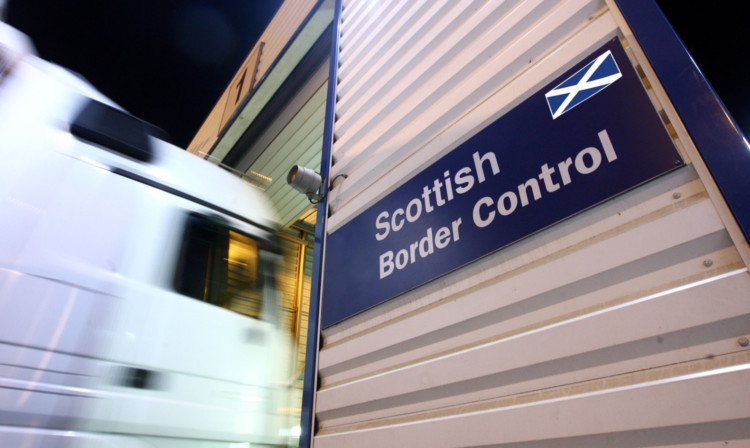
Will Scotland run out of people to pay taxes?
It’s an economic cloud that looms over the referendum battle but has largely remained off the campaign radar Scotland is running out of people to pay taxes.
Beyond the huge swathe of working age Scots stuck on benefits, an ageing population means the number of people in the country who can work will start falling before the current decade is out.
By 2033, just 32 in every 100 Scots will be of working age.
Coupled with soaring public spending costs for welfare, pensions and elderly care, this will create big problems for Holyrood and Westminster, regardless of who wins in 2014.
The quickest way to increase the number of taxpayers is through immigration, a move supported by the SNP who claim the current UK Government’s restrictive border policies are “damaging our economy”.
The Nationalists are in favour of a more open immigration policy but little detail is known beyond that, and it is a position increasingly at odds with the rest of the UK, where the pressures of immigration are felt more keenly.
It is an important divergence picked up in a new study by the Migration Observatory think tank based at Oxford University which warns “significant questions remain unanswered” about how Scottish immigration policy will work after the referendum.
The research warns of pressure from south of the border to erect “Anglo-Scottish passport controls” if Scotland was to adopt dramatically different immigration policies.
The think-tank concludes that if an independent Scotland were to introduce immigration policies broadly in keeping with what remains of the UK then continued free movement between the two “would seem more realistic”.
Researchers cite the example of Ireland, which currently shares a Common Travel Area with the UK but is an independent country and EU member.
But, if an independent Scotland were to adopt immigration policies that are out of step with the rest of the UK, as is suggested by the SNP’s position, “then it seems likely that stronger concerns will be voiced in Westminster about the need for border controls”.
Dr Scott Blinder, acting director of the Migration Observatory, said: “Any policies that are introduced by an independent Scotland have the potential to affect the rest of the UK.
“There are ways to move away from a ‘one-size-fits-all’ immigration policy but these policies bring their own challenges with implementation and enforcement.”
Crucially, despite assertions from both sides of the political divide, the report states that the border controls issue can’t be resolved because it is “simply not clear yet” as a result of the uncertainties over when an independent Scotland’s could gain membership of the EU.
UKIP has failed to make the gains north of the border it has in England but immigration remains a key issue for some voters in Scotland.
Despite the relatively minimal impact the issue has had on Scotland, people north of the border remain nearly as sceptical about immigration as the rest of the UK.
A recent poll by Lord Ashcroft found that 58% of Scots think that the disadvantages of immigration to Britain have outweighed advantages, just two percentage points below the UK figure.
It is perhaps for this reason that the SNP has not been shouting from the rooftops about its plans to make it easier for immigrants to settle in Scotland.
The party claims that its plans are grounded in sound economic sense.
That’s a point recognised by the Office for Budget Responsibility which last month claimed that allowing more than 140,000 immigrants into Britain a year would help plug a billion pound bill for increased state pension, social care and healthcare.
Whatever the solution, the long term prospects for Scotland’s population need to be addressed.
As the Migration Observatory puts it: “Scotland’s population is projected to decline unless more people move there than leave.”
But given the electoral sensitivities of immigration, don’t expect any of the country’s politicians to tackle it head on any time soon.

Enjoy the convenience of having The Sunday Post delivered as a digital ePaper straight to your smartphone, tablet or computer.
Subscribe for only £5.49 a month and enjoy all the benefits of the printed paper as a digital replica.
Subscribe